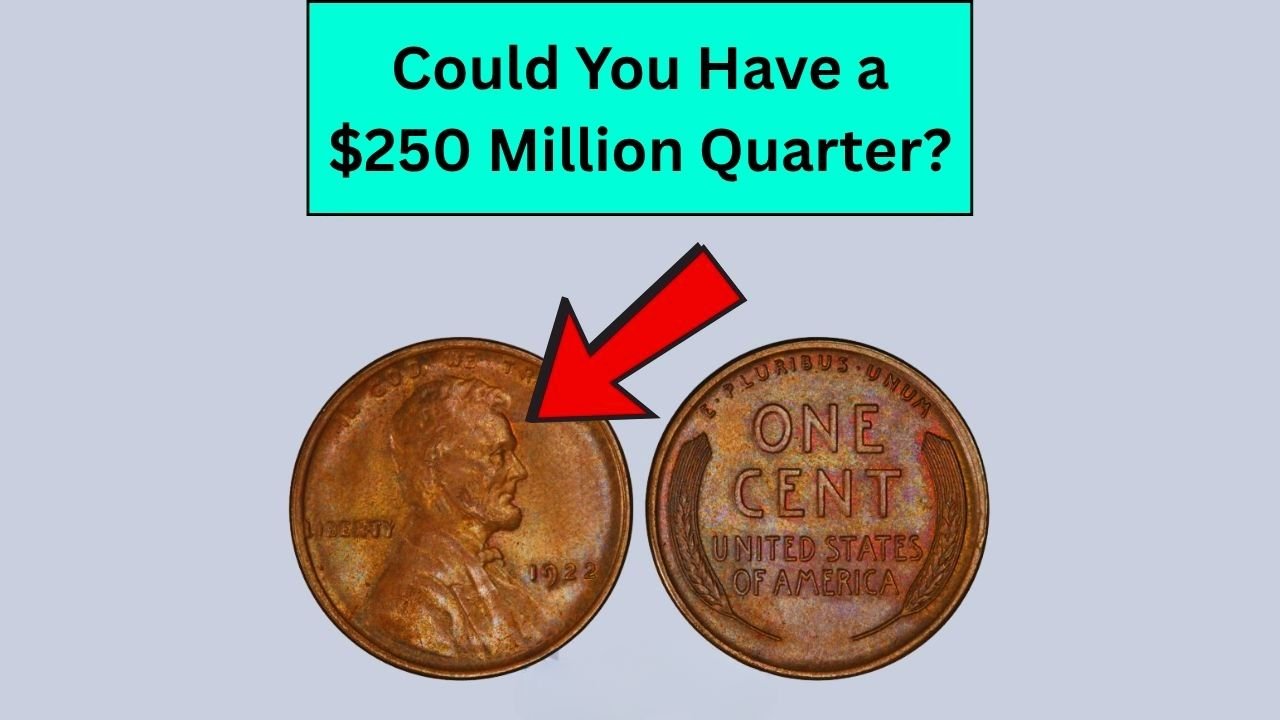A Treasure in Your Pocket
Imagine finding a quarter in your change worth $250 million! The 1976 Bicentennial Quarters, minted to celebrate America’s 200th birthday, have some rare versions that collectors say could fetch jaw-dropping prices. While claims of $250 million per coin seem exaggerated, certain Bicentennial Quarters, especially those with minting errors or made of silver, are worth thousands or even millions. These coins are still out there in circulation, so you might have a fortune hiding in your wallet or coin jar. Let’s dive into what makes these quarters so special.
What Are Bicentennial Quarters?
The U.S. Mint made Bicentennial Quarters in 1975 and 1976 to mark 200 years of American independence. These coins have a unique design: George Washington on the front with “1776-1976” dates and a colonial drummer on the back with 13 stars for the original colonies. Most were made with a copper-nickel mix (clad), but some special ones, struck in San Francisco, used 40% silver. These silver coins and those with rare errors, like double strikes or wrong metal, are the ones collectors hunt for. A 1976-S Silver Proof Quarter sold for $19,200 in 2019, proving their value.
Why Are Some Worth So Much?
The high value comes from rarity and condition. Most Bicentennial Quarters are common, with over 809 million made in Philadelphia and 860 million in Denver. But San Francisco minted only 11 million uncirculated 40% silver coins and 4 million proof silver coins, making them much rarer. Errors, like a quarter struck on the wrong metal or with a double image, can make a coin worth thousands or more. For example, a 1976 Clad Regular Strike Quarter sold for $1,821 in 2023. The $250 million claim is likely hype, but pristine or error coins can still fetch big money.
Features of Rare Bicentennial Quarters
Here are some key traits to look for in valuable Bicentennial Quarters:
- Minted in San Francisco with an “S” mark, especially 40% silver versions.
- Errors like double die (blurry text or image) or off-metal strikes (e.g., struck on dime planchets).
- High-grade condition, like MS68 or better, for uncirculated coins.
- Proof coins from special Bicentennial Sets, often in protective cases.
| Feature | Details |
|---|---|
| Mint Mark | “S” for San Francisco (silver coins) |
| Material | 40% silver or clad (copper-nickel) |
| Errors | Double die, wrong metal strikes |
| Top Sale | $19,200 (1976-S Silver Proof, 2019) |
How to Spot a Valuable Quarter
Finding a rare Bicentennial Quarter is like a treasure hunt. Start by checking your change or coin jars for quarters dated “1776-1976.” Look for the “S” mint mark under George Washington’s neck, as San Francisco coins are more valuable. Check for errors like blurry text, double images, or unusual weight (silver coins weigh 5.75 grams, clad ones 5.67 grams). Use a magnifying glass to spot double die errors, where the year or drummer looks doubled. Take any suspicious coins to a local coin dealer or check online with tools like PCGS CoinFacts. Be wary of social media claims about $250 million coins, as they often lack proof.
Why It’s Worth Checking Now
With America nearing its 250th anniversary in 2026, Bicentennial Quarters are gaining attention. Collectors are paying top dollar for rare versions, especially as interest in coin collecting grows. Even if you don’t find a million-dollar quarter, coins in good condition or with minor errors can be worth hundreds or thousands. For example, a 1976-S Silver Proof in top condition can fetch $13,500 or more. So, dig through your change, visit a coin shop, or check online guides. You might just find a Bicentennial Quarter that turns your spare change into a small fortune
